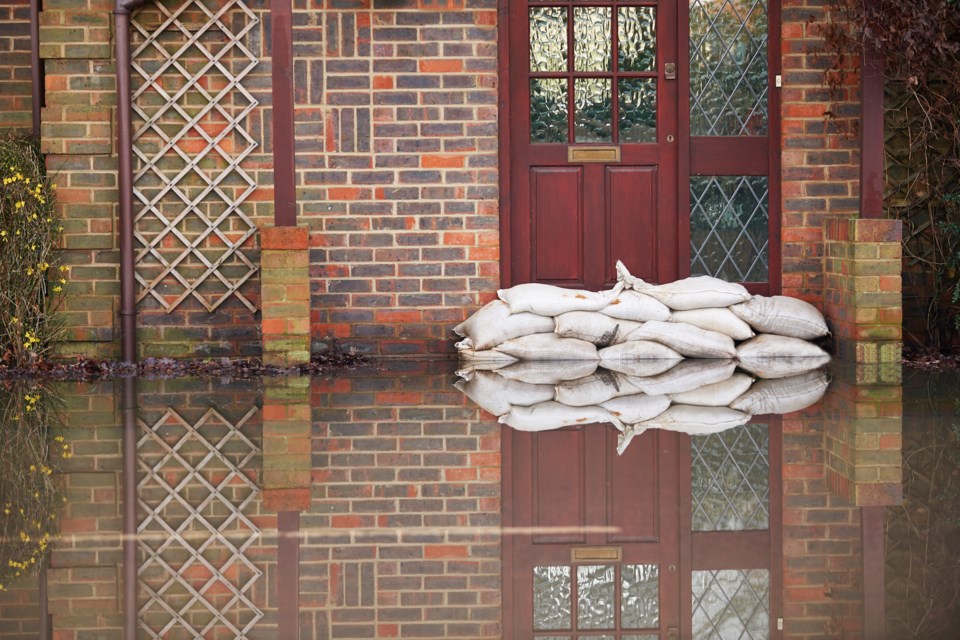Allan Reid, Bonfield’s Emergency Management Coordinator, updated council on the community’s emergency response plan during the March 14th meeting. The province mandates that all municipal emergency response plans are reviewed annually.
Reid noted that the province’s emergency management office was under the purview of the solicitor general, but it’s “now moved over to the treasury board.” Since the move, the treasury board has appointed a Commissioner of Emergency Management, Bernard Derible, who recently oversaw the first Provincial Emergency Management Strategy and Action Plan.
The plan, Derible explained, provides a “roadmap for a whole-of-government approach to keep the people of Ontario safe, practiced, and prepared.” He noted on the Province’s website that “Emergency Management Ontario’s expansion is part of the province’s steadfast commitment to ensuring that Ontario is a leader in emergency preparedness.”
See: East Ferris readies for emergencies
Parts of the plan take into account the consequences of climate change, Reid added, making preparations for “ice storms, wind storms, floods,” and other natural disasters. “The requirement to be prepared and practiced is really being raised in profile by Emergency Management.”
The first change for Bonfield’s plan was to remove the 9-1-1 print out, which was a list of all the addresses in the township, Reid clarified. That list is available digitally, so the decision was made to eliminate the paper copies of the print-out from the plan.
Another update to the plan concerned the maps within the document. Historically, many of these maps were hand-drawn, Reid explained, “and that’s been replaced with a CGIS printout.” CGIS Spatial Solutions “seeks to create effective, integrated, Community–based Information Management Systems,” the company explained on its website.
“Adopting CGIS,” Reed explained, “is a very powerful tool” for the municipality.
The structure of the emergency management committee has also changed, so now the emergency control group must be trained annually “so they are kept current” on any changes to policy or procedure.
The emergency control group has been “paired down” to local representatives to ensure this training is manageable. The goal is also to reduce the amount of emergency plan books currently in circulation. There are 32 of them, and Reid would like this number reduced, and recommended “making it a controlled document” which would limit the number circulating and make it easier to manage.
Also, an emergency information officer must be appointed who is not a member of council or mayor, which is also in line with Provincial legislation. “Their direction is to have somebody not in a governance position” to accept that role.
Tighter control on the master document would “ensure everyone has a current copy” and is working from the most up to date volume. Reed also suggested putting the non-confidential part of the plan onto the Township’s website “to enhance public awareness.”
“That’s a good foundation to build public awareness, and then we can build on that,” Reid added.
David Briggs is a Local Journalism Initiative reporter who works out of BayToday, a publication of Village Media. The Local Journalism Initiative is funded by the Government of Canada.



